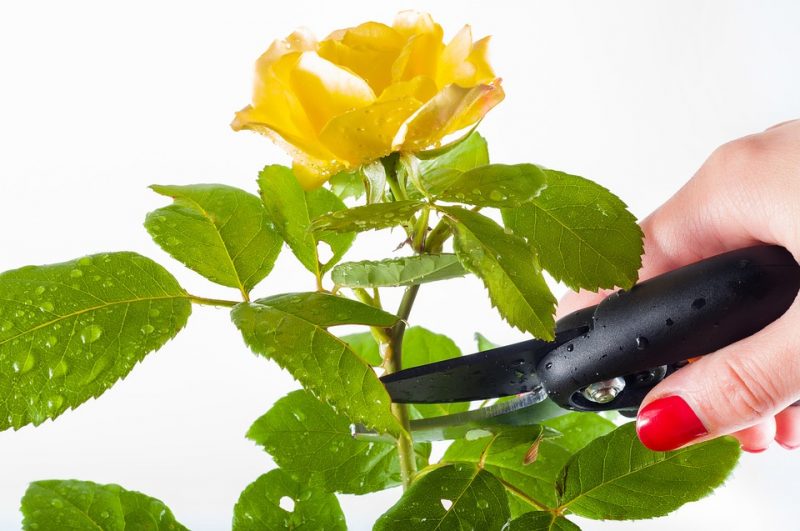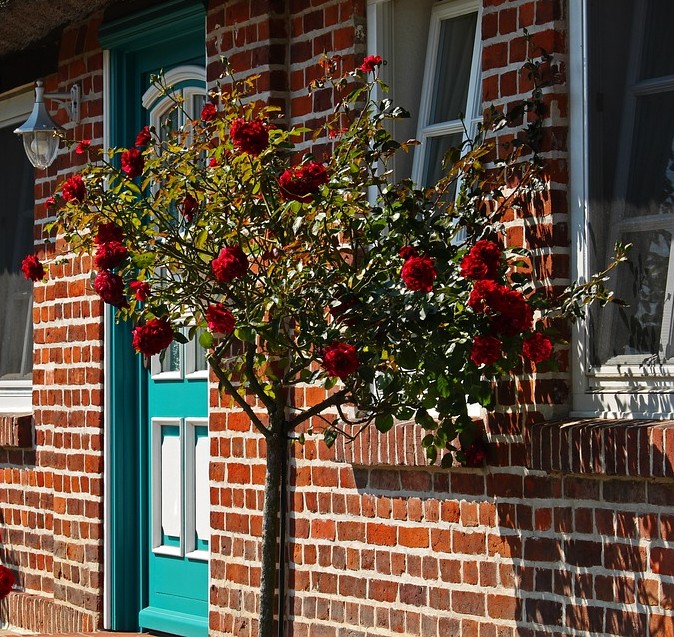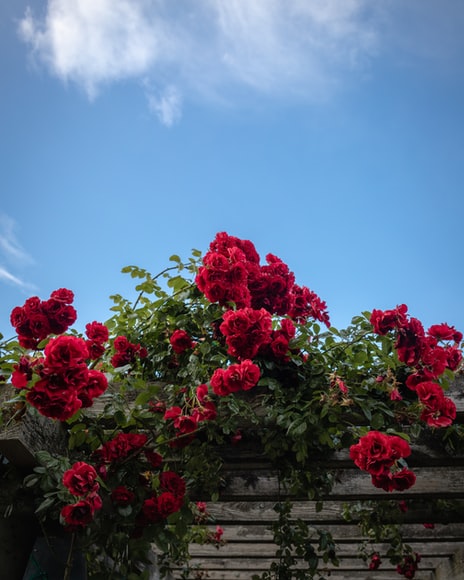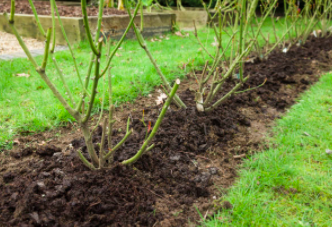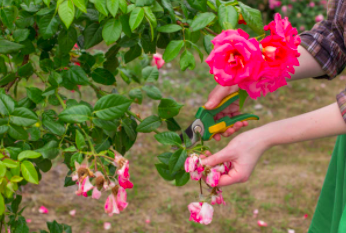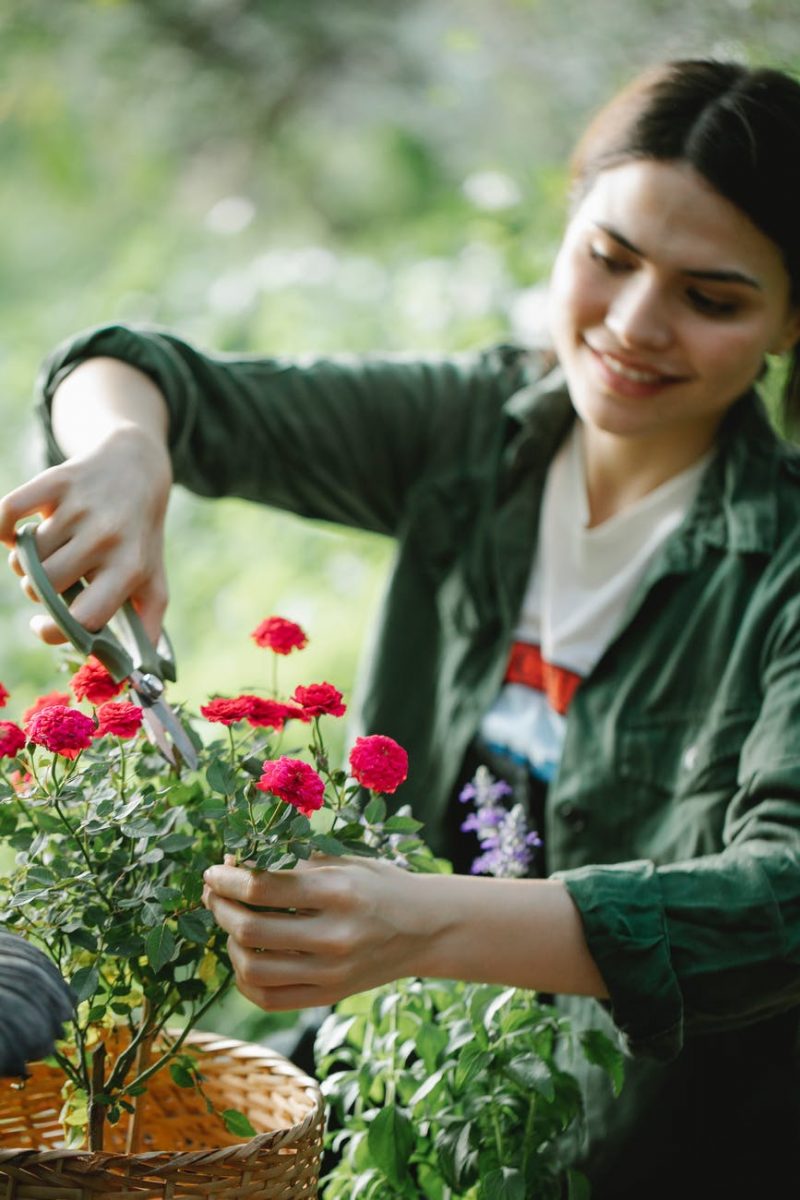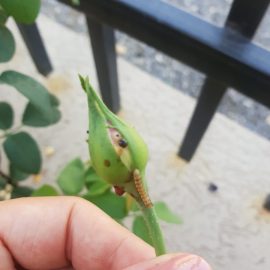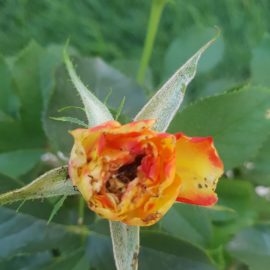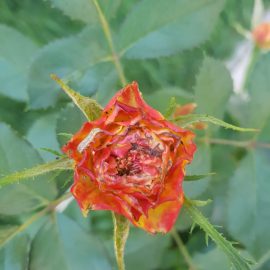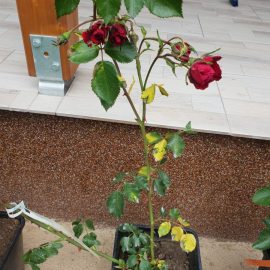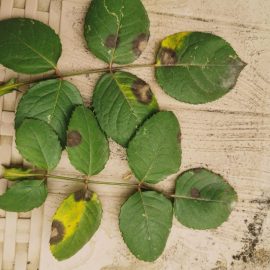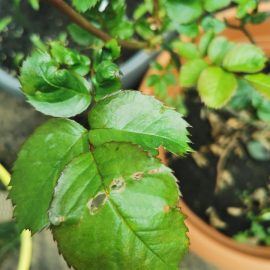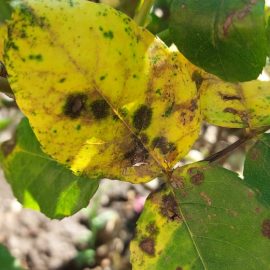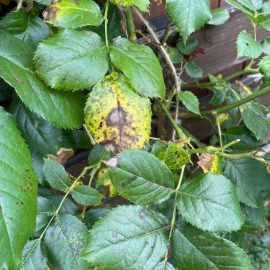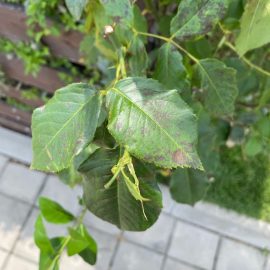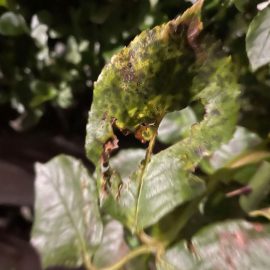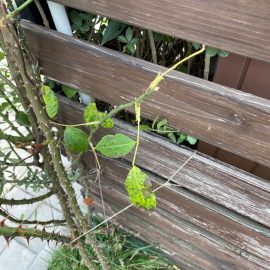Rose pruning – specific guide
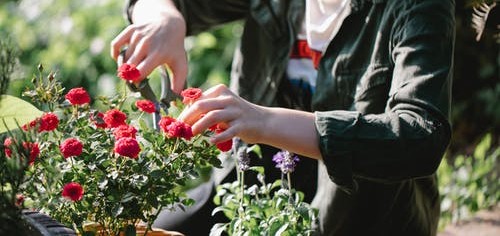
The specific pruning of roses contributes to increasing their vitality and maintaining their health, as well as to obtaining an abundant flowering, with large flowers.
Basic principles for pruning roses
- for most varieties, the optimal period for rose pruning is in spring, during the bud growth;
- if pruning is done in autumn, flowering takes place in early spring next year, but only if the winter is mild. Otherwise, a new intervention must be carried out in spring, which removes the portions affected by the frost.;
- in case of diseases caused by frost, pruning is done 3-4 cm below the obviously affected portion;
- the pruning of roses should be done in moderation, so that the vegetative growth and flowering are stimulated, but the vigor is not reduced;
- thick and vigorous branches can be left longer (max. 10 buds), while thin branches are shortened more (about 2-5 buds);
- in order to keep the pleasant appearance of the roses, it is recommended to periodically remove the withered flowers;
- after rose pruning, the area around the plants must be cleaned immediately of plant debris;
- the first branches removed or shortened are those with signs of disease, as well as the dry, broken or damaged ones;
- the cut is made at approx. half a cm above a bud;
- the cut is recommended to be oblique, with the higher part towards the first remaining bud;
- the cut must be smooth (well-sharpened and disinfected instruments must be used).
Recommended products
-
You can find products on a different store
Change Store -
You can find products on a different store
Change Store -
You can find products on a different store
Change Store -
You can find products on a different store
Change Store -
You can find products on a different store
Change Store -
You can find products on a different store
Change Store -
You can find products on a different store
Change Store -
You can find products on a different store
Change Store -
You can find products on a different store
Change Store -
You can find products on a different store
Change Store -
You can find products on a different store
Change Store -
You can find products on a different store
Change Store -
You can find products on a different store
Change Store -
You can find products on a different store
Change Store -
You can find products on a different store
Change Store -
You can find products on a different store
Change Store -
You can find products on a different store
Change Store -
You can find products on a different store
Change Store -
You can find products on a different store
Change Store -
You can find products on a different store
Change Store -
You can find products on a different store
Change Store -
You can find products on a different store
Change Store -
You can find products on a different store
Change Store -
You can find products on a different store
Change Store
The cuttings are done according to the shape of the specimen in question: rose trees, climbing roses, potted roses, park roses and garden roses.
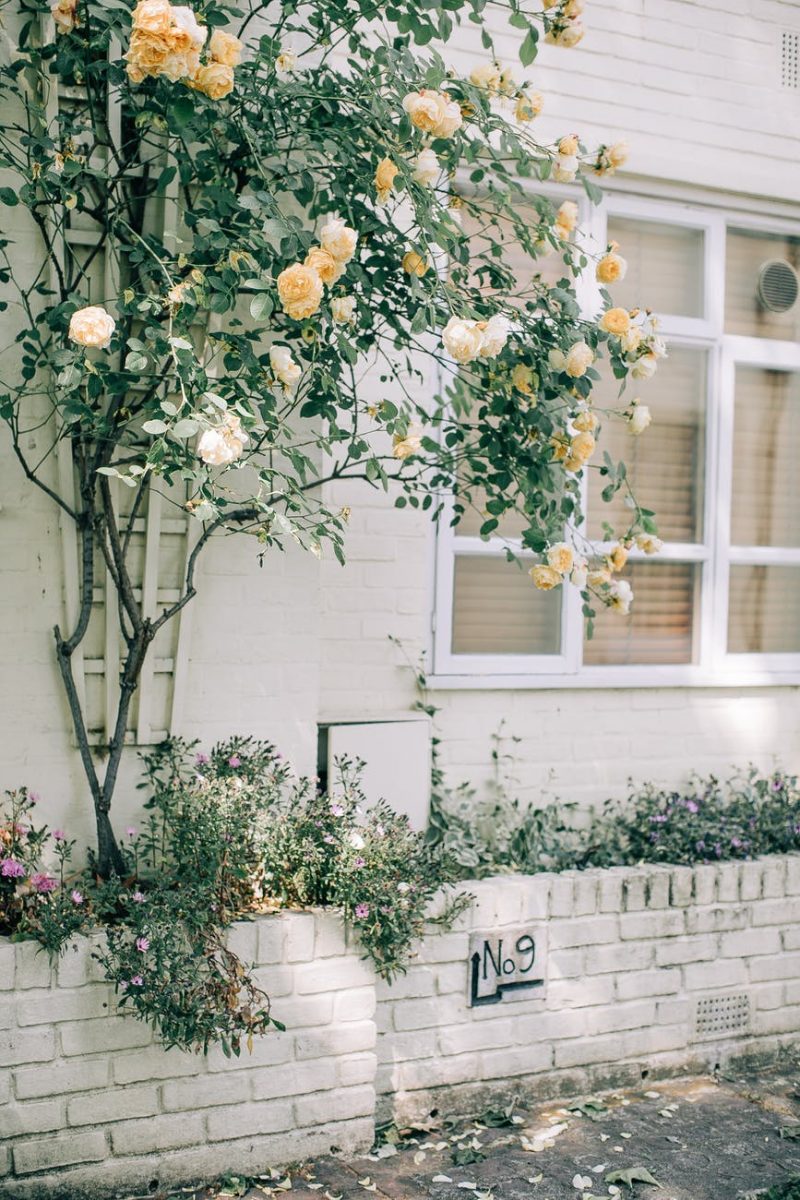
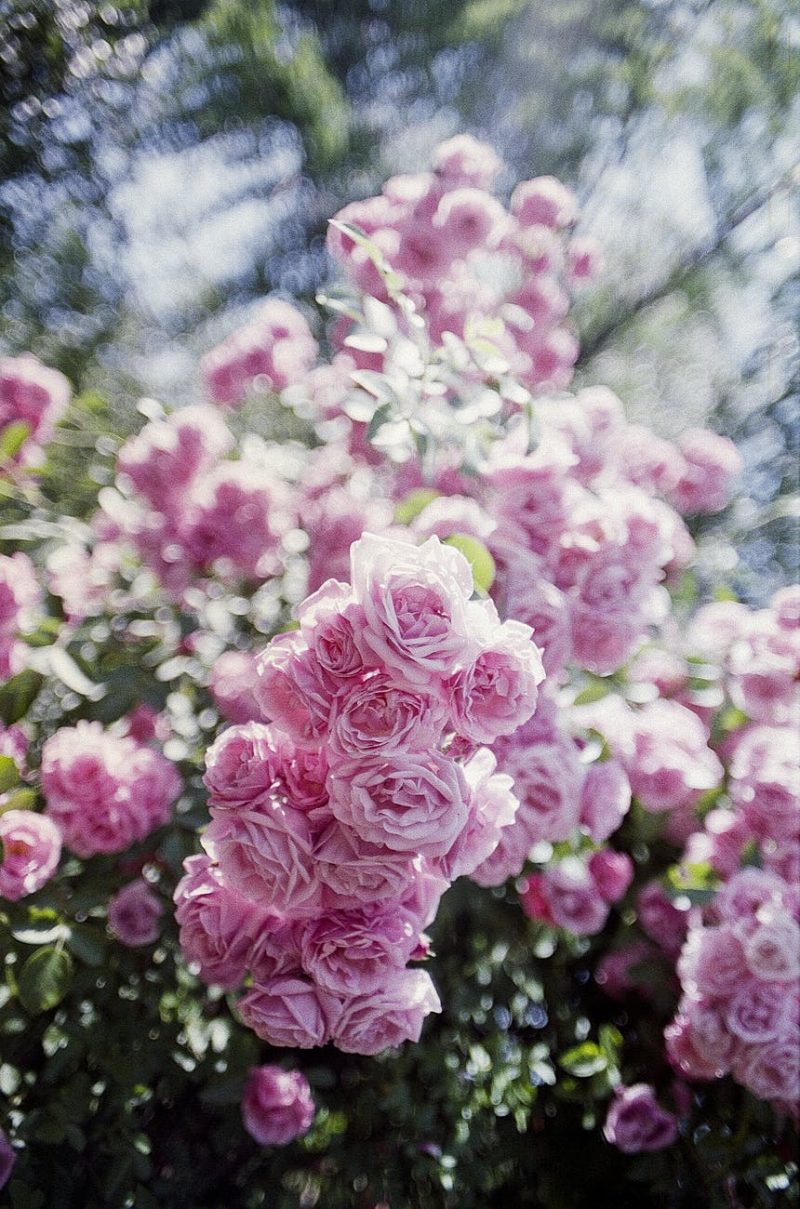
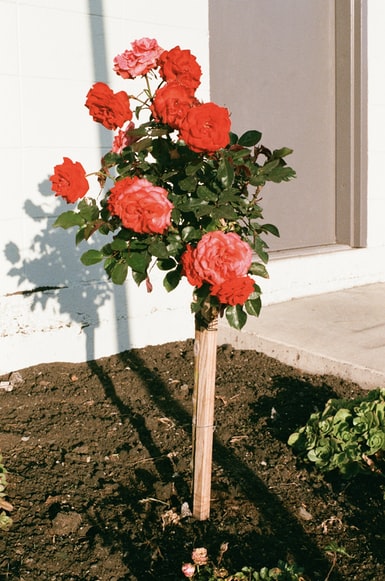
Pruning of rose trees
The pruning of rose trees is done in spring, in late February – early March, before the buds open. First, check the appearance of the trunk, and if you notice unwanted shoots or root suckers , they have to be removed. From the crown of these roses, the ones grown towards the inside of the crown are removed or shortened first. In case of frost-induced diseases, the branch is cut 3-4 cm below the obviously affected portion. In general, the more vigorous branches are left a little longer (5-7 buds), and the less vigorous ones are cut after the second or third bud.
Pruning of climbing roses
For climbing roses, specific cuttings can be done in autumn, after the leaves fall, or in spring, before the start of the vegetative growth period. If the cuttings are done in autumn and a mild winter follows, flowering takes place in early spring. But if in winter there are very low temperatures, then in spring the intervention must be repeated, with additional cuts.
Two reference points will be considered: each upper end of a mature stem, with brown bark formed in recent years, respectively the directions in which we want to steer the rose further (trellis, arch, strings, etc.). It is recommended to remove or shorten the affected branches. Keep the length of 5-7 buds after twisting the mature stem, on the stalks chosen to be kept. The length of the preserved stalks should not exceed 150 cm.
In order to refresh the climbing roses with the capacity to shoot, it is recommended to remove the stems older than 2 years and to keep some healthy and vigorous shoots.
Pruning of garden roses
In the case of garden roses, with the appearance of a bush, after removing the branches, stalks and shoots affected by diseases or dried, remove those grown in unwanted directions, such as sidewalks or other plant species. After that, all branches are cut at approx. 10-15 cm above ground level (4-10 remaining buds), depending on their vigor. Vigorous branches can be left longer, less vigorous ones are removed or cut to 5-10 cm in length. It is not recommended to keep more than 4-5 (max. 7, in exceptional conditions) main branches in a rose specimen. Each main branch must be oriented towards the outside of the plant, so that each has the necessary space for development throughout the vegetative growth period. The intervention is recommended to be performed in spring, depending on the recorded temperatures: when there is no risk of severe frost, the plant has not yet started growing.
Pruning for spontaneous roses and park roses
Spontaneous species of roses bloom abundantly for several years in a row, without the need for special cuttings. It is recommended to remove dry, broken branches and stalks, affected by various biotic or abiotic factors. Additionally, it removes unwanted branches, branches grown inside the bush, and wilted flowers, to maintain a healthy appearance.
Pruning of roses grown in flower pots
In the case of potted roses, it is recommended to reduce the height of the branches in autumn or spring, depending on the place of wintering. If the cuttings are done in autumn, and in the spring there are parts affected by frost, you should intervene with an additional cut.
Additionally, it is recommended to remove wilted flowers, along with a portion of the stalks, regardless of the period in which the wilting of the flowers took place. The next flowering period begins after approx. 5-6 weeks, depending on the variety and existing environmental conditions. The lower the height of the branches (especially in the first part of the vegetative growth season), the more richly branched and fuller the crown will be.
In case of replanting in another pot, it is recommended to cut the branches at a height of 5-10 cm from the substrate, immediately after planting.
For optimal development, after pruning, it is recommended to apply fertilizers specially formulated for the needs of roses.
Recommended products
-
You can find products on a different store
Change Store -
You can find products on a different store
Change Store -
You can find products on a different store
Change Store -
You can find products on a different store
Change Store -
You can find products on a different store
Change Store -
You can find products on a different store
Change Store -
You can find products on a different store
Change Store -
You can find products on a different store
Change Store -
You can find products on a different store
Change Store -
You can find products on a different store
Change Store -
You can find products on a different store
Change Store -
You can find products on a different store
Change Store -
You can find products on a different store
Change Store -
You can find products on a different store
Change Store -
You can find products on a different store
Change Store -
You can find products on a different store
Change Store -
You can find products on a different store
Change Store -
You can find products on a different store
Change Store -
You can find products on a different store
Change Store -
You can find products on a different store
Change Store -
You can find products on a different store
Change Store -
You can find products on a different store
Change Store -
You can find products on a different store
Change Store -
You can find products on a different store
Change Store














































































































































































































































































































































































































































